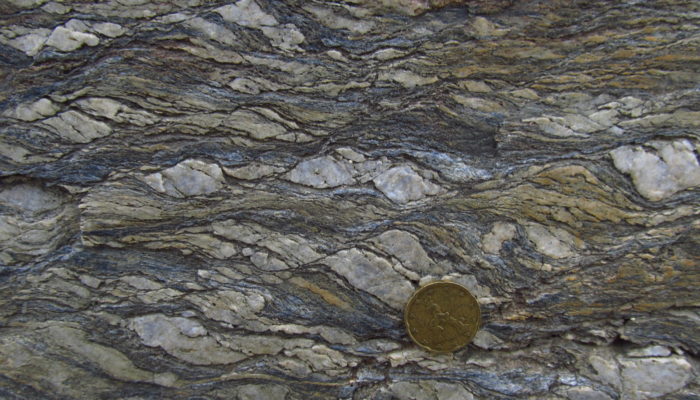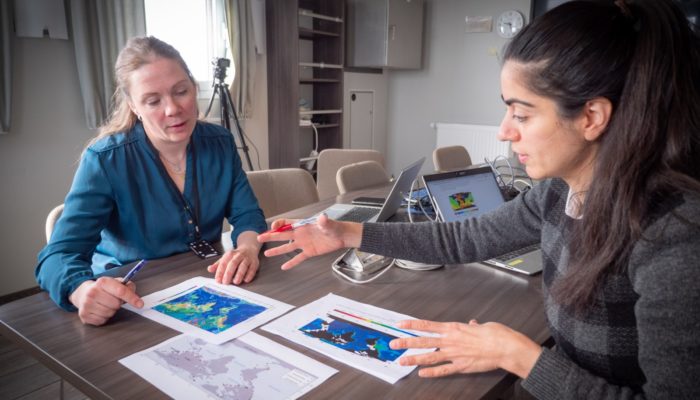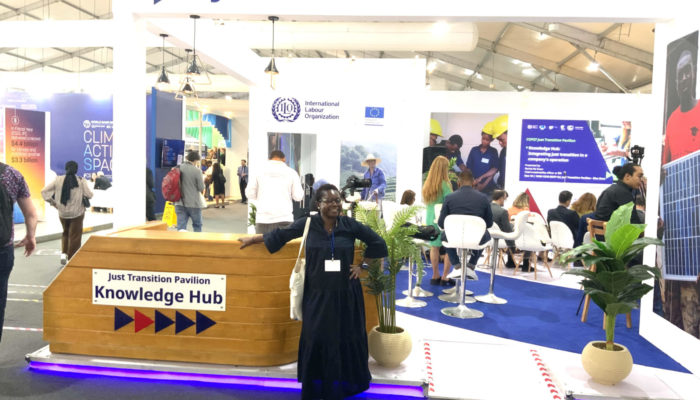S-C mylonites developed in andalusite-cordierite micaschist (Calamita Schists) in the contact aureole of the Porto Azzurro pluton. The white layers are made of quartz, while the brown layers consist predominantly of white mica and biotite. Top-to-left (East) sense of shear. Read more: Papeschi et al (2017). Heterogeneous brittle-ductile deformation at shallow crustal levels under high thermal cond ...[Read More]
Imaggeo On Monday: S-C mylonite in the Calamita Schists (Island of Elba, Italy)




